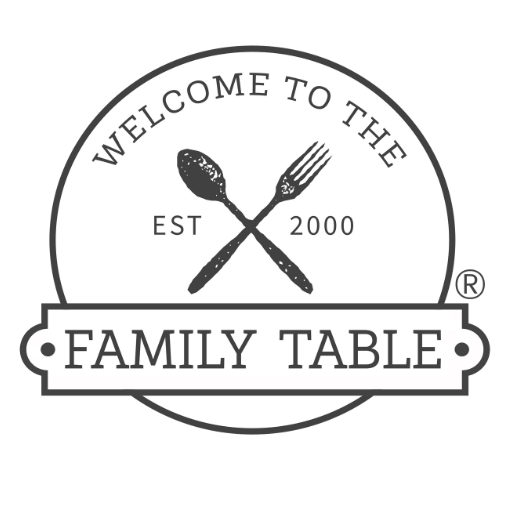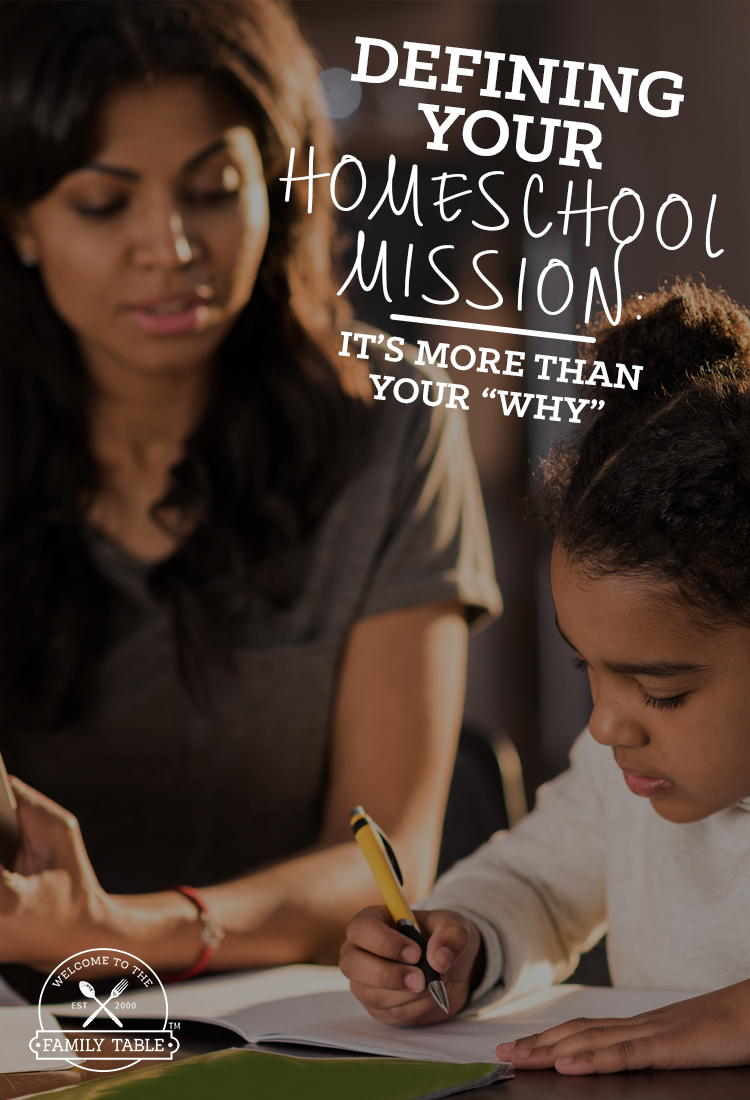Homeschooling Boys Using Unit Studies
Once home, I noticed that many of our books seemed to follow a theme. For example, from the children’s section, my son chose The Bee Tree by Patricia Pollaco and Diary of a Spider by Doreen Cronin and Harry Bliss. And from the “grown up” section he chose all kinds of “real life books”, as he called them, about bees and spiders. I loved this as it felt so natural to read a fun and engaging storybook to my kids and then take time to learn more with nonfiction. And this is how we began our Unit Study approach to homeschooling.

Simply defined, the unit study method of homeschooling is a way of engaging all of your children using many different resources and hands on activities centered around one topic or theme for a period of time. Instead of studying several different things at the same time, we take one topic and learn about it from many different angles by integrating most of our school subjects. Math and PE are the only subjects that we have separated out for each of our boys.
For example, if we are learning about American Inventors, here are some ways we would weave in our school and life subjects:
- reading great fiction and nonfiction (Language Arts)
- choose a specific inventor, like Benjamin Franklin and do some fun science projects and experiments related to his inventions (Science)
- draw pictures of some the things he did in his life (Art)
- make a Venn Diagram and compare some of his character traits with someone from the Bible and then study that Bible character (Bible study)
- write a poem or make a short story for a younger sibling about Benjamin Franklin (Writing, Spelling, Grammar)
- watch a documentary about American Inventors (History, Social Studies)
- use some of the character traits learned about and find a way to serve someone else or come up with a service project (Community Service and Loving Others)
- learn 10 new American Sign Language vocabulary words related to our study (World Languages/Foreign Language)
- find a local museum or place related to inventors that we could visit and learn more (Field Trips)
The list of possibilities is endless, which is what we love. Studying one whole topic together allows our family to take our time learning about something that we are all interested in together. We can also take the seasons and holidays into consideration when choosing areas of study. Unit studies work really well for children with different learning styles and abilities. Unit studies are also a great way to include and involve all ages. Even our two year old loves to work right alongside of us and it’s easy for me to come up with similar activities for him that the big kids are working on. I learned early on that if I can find ways to engage all of my boys’ senses…they thrive AND they stay interested. Fueling their love for learning is one of my deepest desires for my children.

I have also found that as we learn together, instead of independently, it sets us up for team work. My boys are learning how to be patient when there are interruptions from their youngest brother, working on projects and science experiments together encourages brotherly kindness and they learn how to ask for help and be helpful to each other. This truly sets them up for success when they have a common goal they are working toward together. Possibly, this is my most favorite part…learning to live, love and learn the way Jesus desires for our family.

As with all curriculum out there, the Unit Study world is vast. Here are a few resources and links to help you on your way to learning more about and creating Unit Studies.
The Unit Study Approach (many different resources)
Homeschool Share (my most favorite place for AMAZING free unit studies and lapbooks)
Read a review we did on a Homeschool Share Super Hero Unit Study.
Try this idea of creating mini unit studies that help you celebrate each day.
Prepared Unit Studies by Amanda Bennett (we’ve done some of these studies and LOVED them.)
Currclick (free and very reasonably priced curriclum, unit studies and online classes)
This is how we incorporate American Sign Language into our Unit Studies
I love to plan lessons, so when I have time, I enjoy using all of my favorite resources for preparing our Unit Studies. But, I also really like the option of including Unit Studies throughout the year that are already prepared by some really talented individuals. To help me plan and brainstorm our studies, I created two printables that really make planning each unit and also planning out the whole year so much easier. I’d love to share them with you. They are available for free on my site.
Megan writes about her amazing journey raising and homeschooling four active boys while sharing her faith on her blog at House of the Rising Sons, on Facebook and on Twitter.
More from the Homeschool Methods and Approaches Series…



this was awesome thank you so much for sharing.
Great information on Unit Studies! We’re starting our first year of homeschool, and really want to try Unit Studies! Thanks a ton for the list of links!